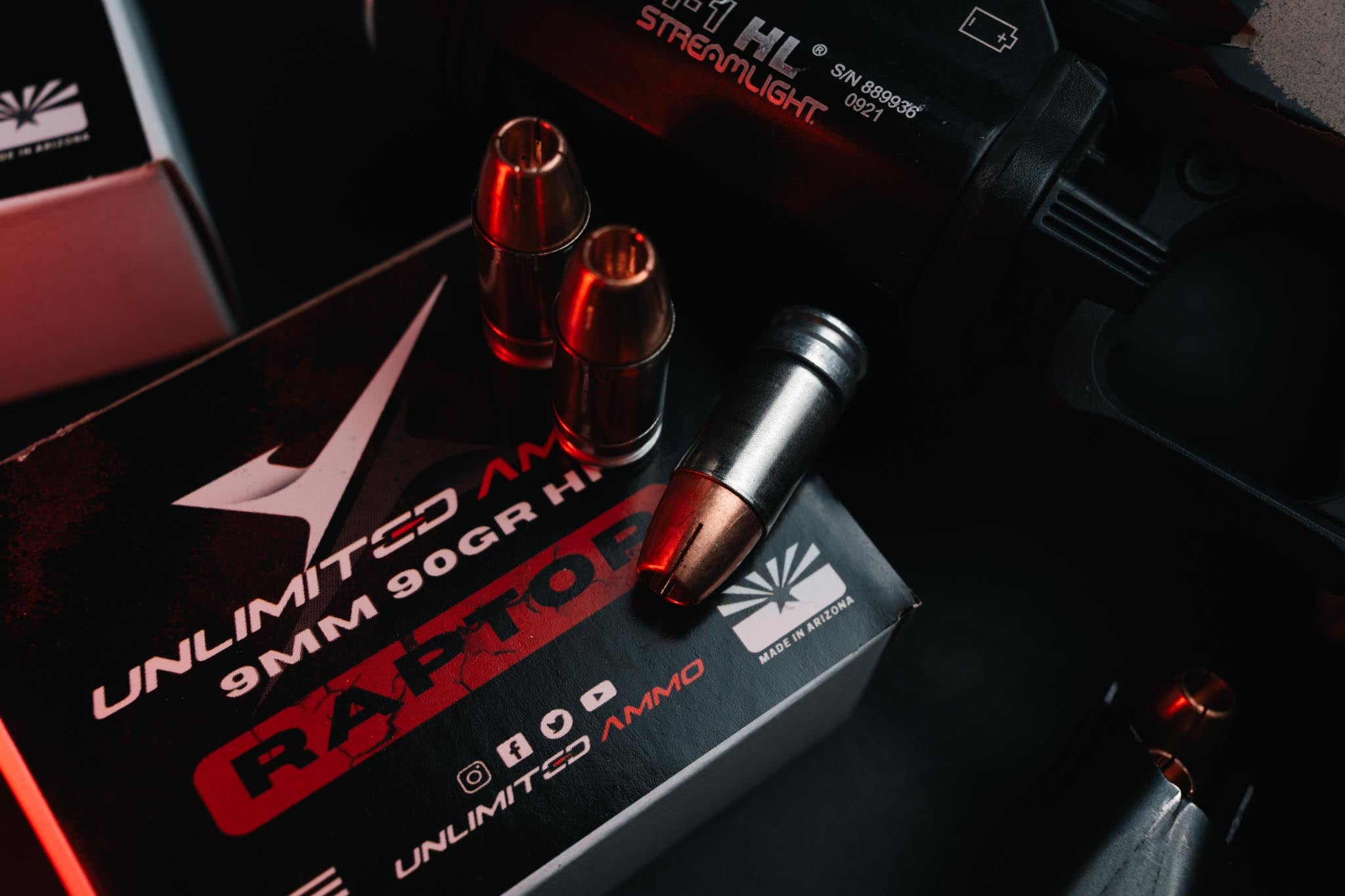Ticket Type
event-calendar-app
Holster Dry-fire day: Instructor Katie
Ticket Type
Choose options
Ticket Type
Ticket Type
Holster Dry-fire day
1. Introduction
-
Welcome and Objectives: Explain the purpose of the class and what participants will gain.
-
Instructor Introduction: Background and qualifications of the instructor.
-
Class Structure: Overview of the class agenda and goals.
2. Safety Briefing
-
Dry Fire Safety Rules:
-
Ensure firearms are unloaded and checked.
-
Use proper dry fire safety equipment (e.g., snap caps).
-
Maintain awareness of muzzle direction.
-
Ensure no live ammunition is present in the training area.
-
Emergency Procedures: What to do in case of an accident or mishap.
3. Equipment Overview
-
Firearm Familiarization: Quick review of participants' firearms (ensure all are unloaded).
-
Holster Review: Types of holsters (inside-the-waistband, outside-the-waistband, etc.) and their features.
-
Dry Fire Tools: Use of snap caps or laser training devices if applicable.
4. Drawing Fundamentals
-
Holster Draw Basics:
-
Proper grip on the firearm.
-
Efficient and safe drawing techniques.
-
Stance and Positioning:
-
Proper stance for drawing and firing.
-
Body positioning and movement during the draw.
5. Dry Fire Drills
-
Basic Draw Drill:
-
Practice drawing from the holster and bringing the firearm to the ready position.
-
Focus on smooth, deliberate movements.
-
Target Engagement Drill:
-
Simulate aiming and engaging an imaginary target.
-
Practice sight alignment and trigger control during the draw.
-
Re-holstering Drill:
-
Practice safely re-holstering the firearm after engaging the target.
6. Common Mistakes and Corrections
-
Identifying Issues:
-
Common problems with drawing from the holster (e.g., snags, slow draw).
-
Corrections and Adjustments:
-
Techniques to address and correct common mistakes.
7. Review and Q&A
-
Summary: Recap of key techniques and drills practiced.
-
Questions and Answers: Opportunity for participants to ask questions and get personalized feedback.
8. Safety and Maintenance
-
Post-Training Safety:
-
Ensuring all equipment is safely stored.
-
Maintenance Tips:
-
Care and maintenance of firearms and holsters after training.
